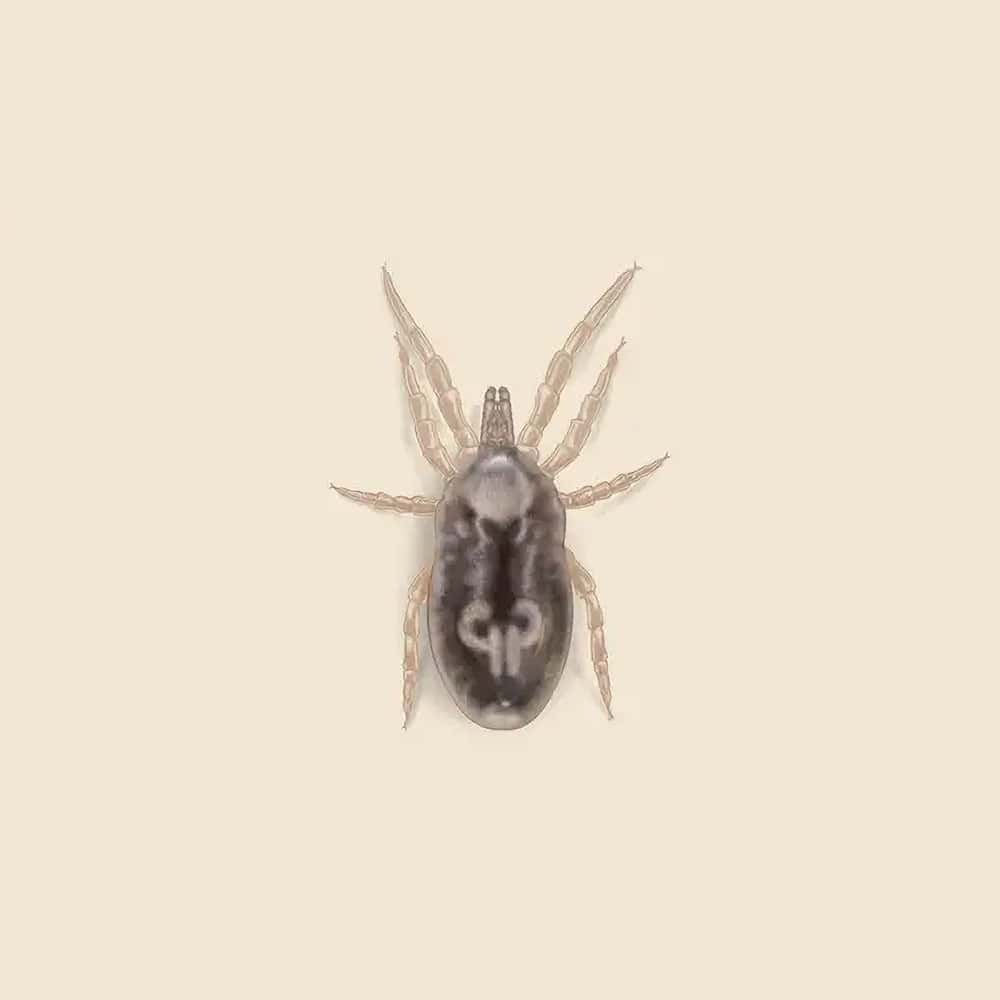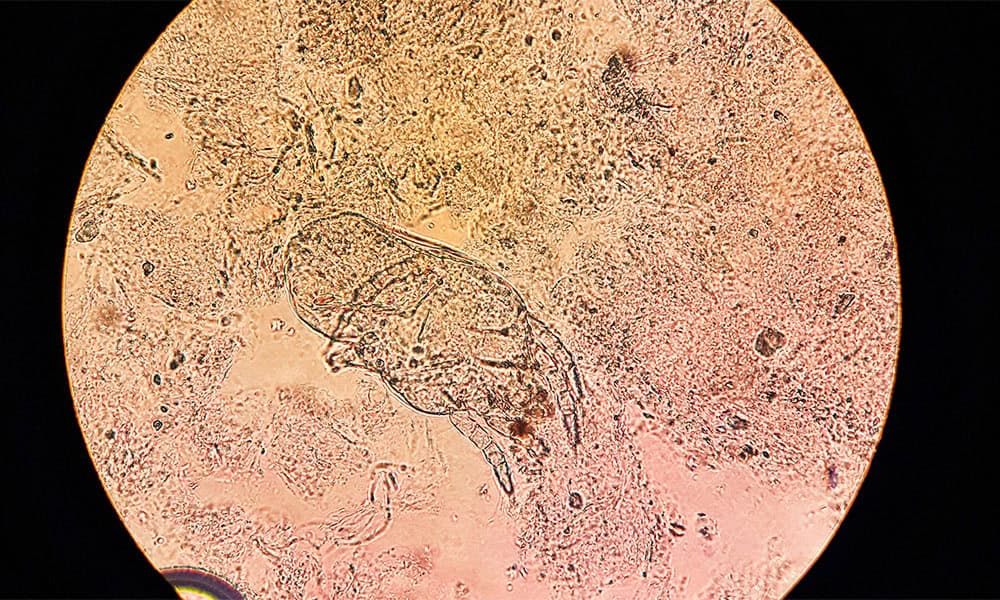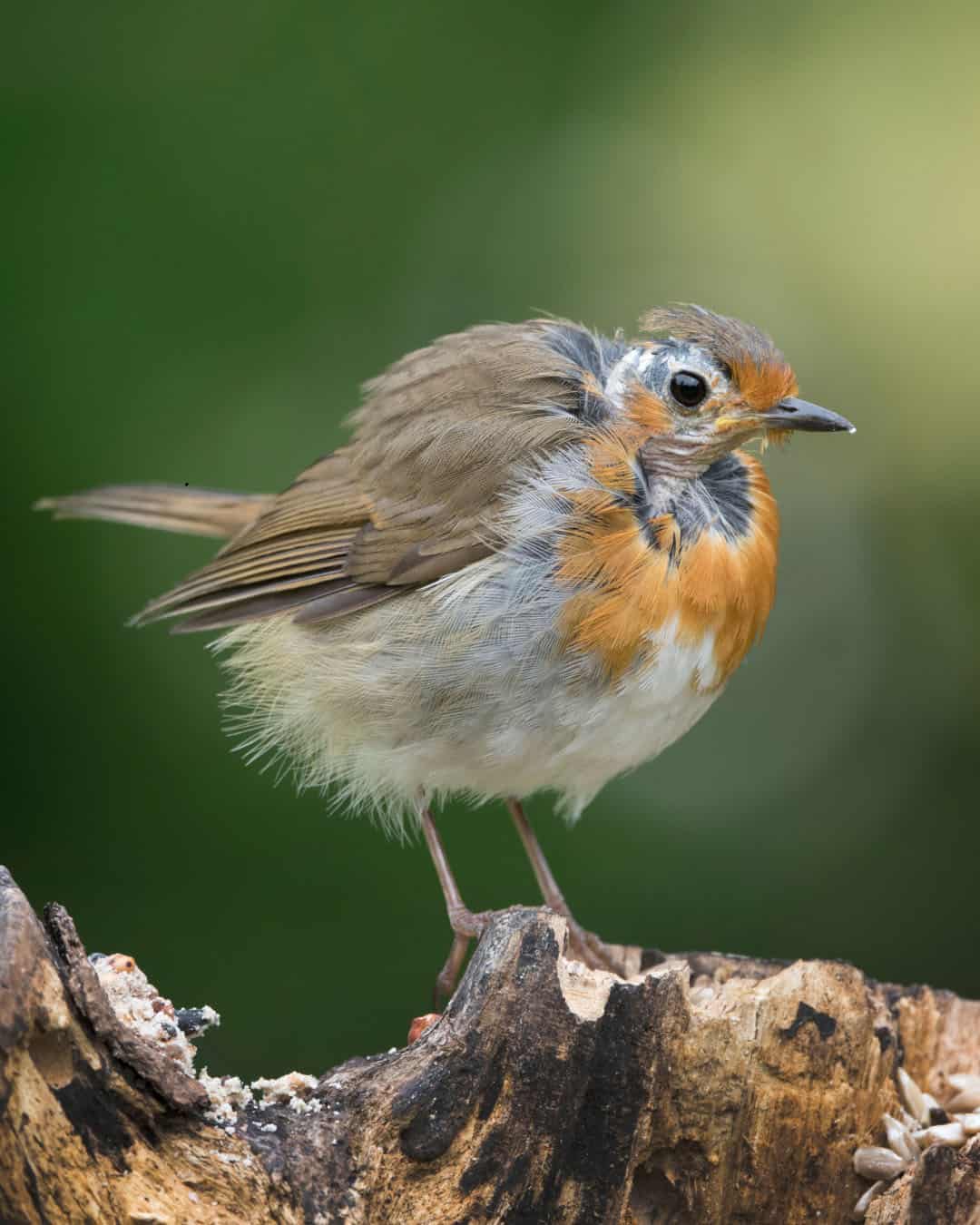Bird Mite Facts & Information
Bird mites, known for their tiny size and irritating bites, can become a significant problem when they infest homes and buildings. These pests typically originate from bird nests and can invade human living spaces in search of new hosts, leading to discomfort and potential health concerns.

Ornithonyssus Spp
What You Need To Know About Bird Mites
What do bird mites look like?
Bird mites are tiny arachnids, measuring about 1/32 to 1/16 inch long. They have oval, semi-transparent bodies that can appear white, gray, or red when engorged with blood. They have eight legs and are often difficult to see without magnification.
What do bird mites eat?
Bird mites primarily feed on the blood of birds, including chickens, pigeons, sparrows, and other wild birds. When bird hosts are not available, they may bite humans but cannot survive long on human blood alone.
What sort of habitat do bird mites live in?
Bird mites are typically found in bird nests, on birds, and in areas where birds roost. They can infest homes when birds nest in attics, eaves, or near windows. Without their bird hosts, they may wander into living spaces for a blood meal.
How do bird mites commonly behave?
Bird mites are most active during the warmer months and can reproduce quickly under favorable conditions. They move rapidly and are attracted to warmth and carbon dioxide, which signals the presence of a host. Bird mites can cause intense itching and discomfort when they bite humans, although they cannot survive on human hosts for long.
Did you know this about bird mites?
Bird mites can become a significant nuisance when birds abandon their nests, leaving the mites to seek new hosts. They are known for their ability to detect and locate potential hosts by sensing body heat and carbon dioxide emissions. Interestingly, bird mites can survive for several weeks without a blood meal, making infestations persistent and challenging to eradicate.
Understanding Bird Mite Infestations
Understanding bird mite infestations is crucial for effective management. Bird mites often enter homes through vents, windows, and gaps in walls after their original bird hosts have left the nest. They are most active during the spring and early summer when birds are nesting. These mites can cause itchy bites and skin irritation in humans, making prompt and thorough treatment essential.

How Hearts Handles Bird Mite Treatment
Hearts Pest Management employs an integrated pest management approach to handle bird mite infestations. Our process begins with a thorough inspection to identify infested areas, potential entry points, and bird nesting sites. We then develop a customized treatment plan that may include nest removal, sealing entry points, and applying targeted insecticides to eliminate mites and protect your home.
Bird Mite Inspection
Bird Mite Treatment
Bird Mite Prevention
Educational Resources

Think You Might Have a Bird Mite Infestation?
At Hearts Pest Control, we understand the challenges associated with Bird Mite infestations and are here to provide professional solutions tailored to your needs. Flourishing in warm and humid climates, they are prevalent in many regions, including San Diego County, Orange County, and Los Angeles County.